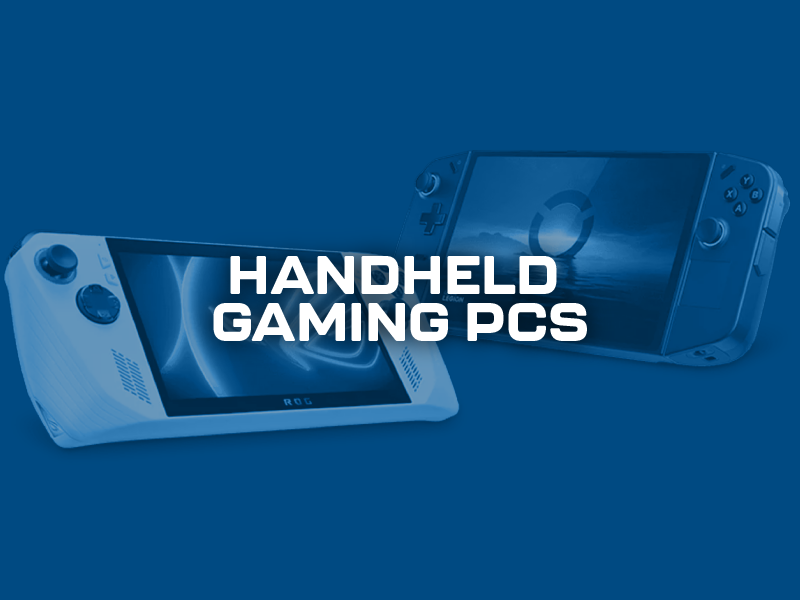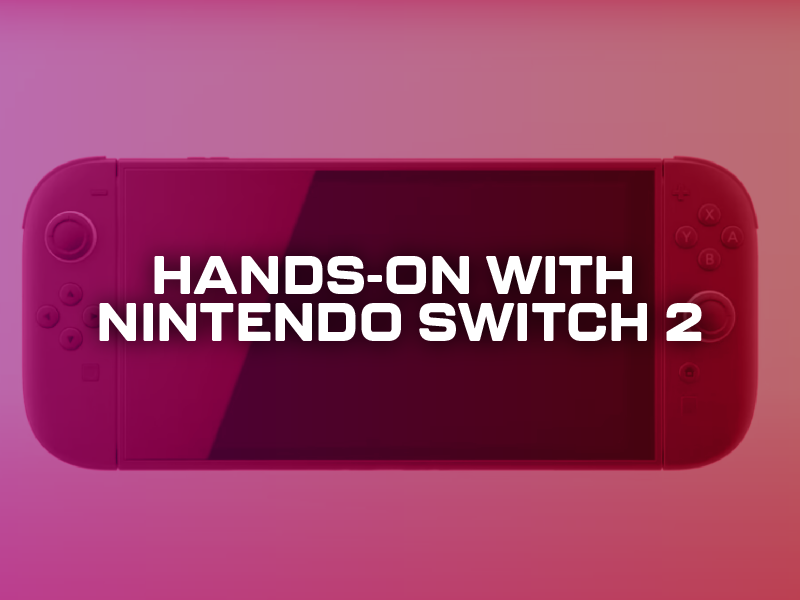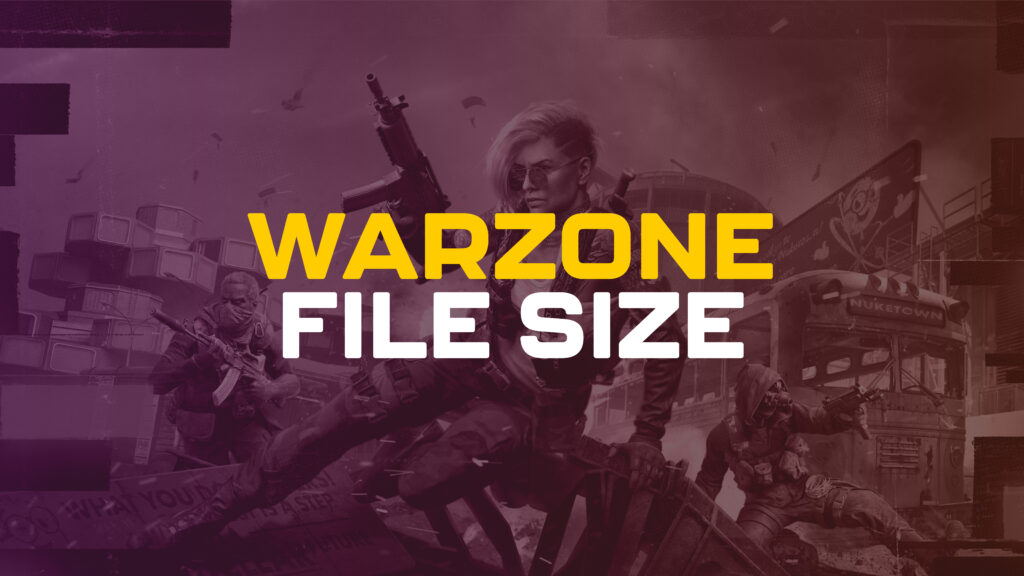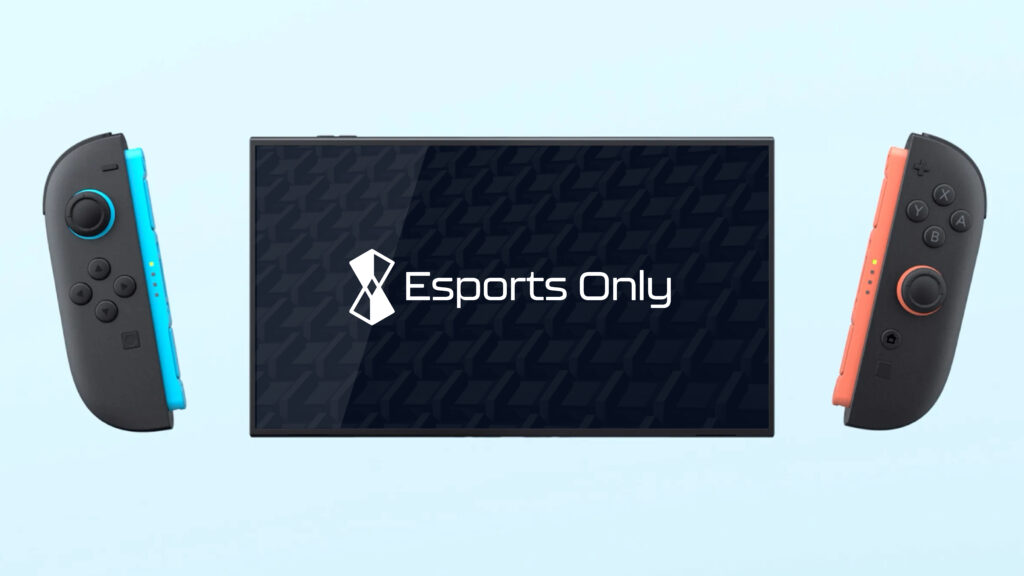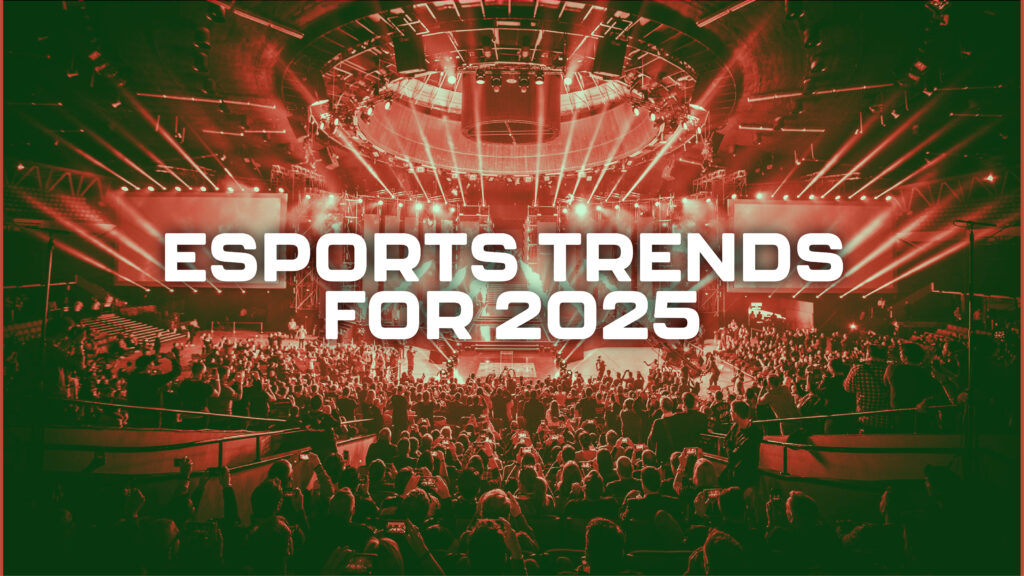Imagine being locked in a boss fight, completely immersed in the action, but instead of being glued to your desk, you’re lounging on the couch, waiting for your food to finish cooking, or even, dare we say, sitting on the toilet. Welcome to the future of gaming, where PC power meets portability in the form of handheld gaming PCs.
These compact powerhouses are taking the gaming industry by storm, bridging the gap between high-end gaming rigs and portable consoles. But are they here to stay, or just another tech fad destined to fade into obscurity? Let’s dive in.
The Rise of Handheld Gaming PCs
Portable gaming isn’t a new concept. Back in the ’90s, the Game Boy dominated the handheld market, while Sega’s Game Gear struggled to keep up. Over the years, we’ve seen countless iterations of portable gaming, from the PlayStation Portable (PSP) to the underappreciated PS Vita.
However, things took a turn when the Nintendo Switch proved that hybrid gaming, seamlessly transitioning between handheld and docked play, was not just viable but wildly popular. This shift in the industry, coupled with advancements in mobile processing power, laid the groundwork for today’s handheld gaming PCs.
Now, companies like Valve, ASUS, Lenovo, and MSI have entered the scene, bringing PC gaming to your fingertips. These devices aren’t just souped-up mobile consoles; they’re fully functional PCs that fit in your backpack.
Why Gamers Love Handheld Gaming PCs
Why would someone opt for a handheld gaming PC over a traditional gaming setup? Freedom. Whether you’re traveling, unwinding on the couch, or sneaking in a few rounds of your favorite game while avoiding social interactions, these devices offer an unparalleled level of flexibility.
Key Benefits of Handheld Gaming PCs:
- Portability – Your entire game library travels with you, making commutes, vacations, or downtime more enjoyable.
- Versatility – Unlike consoles, these devices run full PC operating systems like Windows, Linux, or SteamOS, allowing gaming, streaming, browsing, and even work.
- Seamless Cloud Gaming – With services like Xbox Cloud Gaming and GeForce Now, you can play even the most demanding games without needing top-tier hardware.
- No FOMO – You no longer need to wait until you’re home to grind through a few more levels or catch a match of Valorant or CS:GO.
Who Should Consider a Handheld Gaming PC?
- Gamers who value flexibility – If you want to take PC gaming on the go, this is your best bet.
- Tech enthusiasts – If you love cutting-edge gadgets, handheld gaming PCs will keep you entertained.
- People who share gaming spaces – Play without monopolizing the family TV or setting up a massive gaming rig.
How Powerful Are Handheld Gaming PCs?
Let’s be real, if you’re expecting desktop-level performance crammed into a device the size of a burrito, you might want to dial back your expectations. However, these devices are surprisingly powerful for their size.
Most handheld gaming PCs optimize performance for 720p-1080p gaming, meaning you won’t always get ultra settings at 120 FPS. That said, DLSS (Deep Learning Super Sampling) and FSR (FidelityFX Super Resolution) can boost FPS while maintaining decent visuals.
Pros of Handheld Gaming PCs
✅ Great for AAA & indie games – Play Elden Ring, Cyberpunk 2077, Baldur’s Gate 3, and more.
✅ Perfect for emulation – Run classic games from older consoles effortlessly.
✅ Can be docked for desktop use – Some models support external GPUs for better performance.
Cons of Handheld Gaming PCs
❌ Battery life varies – Expect 2-6 hours depending on game settings.
❌ Not every game runs smoothly – Performance can be hit-or-miss with newer, more demanding titles.
❌ Can get hot – Playing demanding games for long periods may lead to noticeable heat buildup.
How Much Do Handheld Gaming PCs Cost?
They’re not as cheap as a Nintendo Switch, but you’re paying for PC power in a portable form. Here’s a look at some top-tier handheld gaming PCs:
Best Handheld Gaming PCs Right Now
- Steam Deck OLED ($549+) – A fantastic all-rounder with SteamOS, an OLED display, and a massive library of compatible games.
- ASUS ROG Ally ($599+) – Windows-powered with the Ryzen Z1 Extreme chip for top-tier performance.
- Lenovo Legion Go ($699+) – The first third-party handheld to feature SteamOS, with a large 8.8-inch display.
- MSI Claw ($599+) – One of the first Intel-powered handhelds, directly competing with Steam Deck and ROG Ally.
These devices might cost more than a standard console, but considering you’re getting a full PC experience, they can be well worth the investment.
Are Handheld Gaming PCs the Future of Gaming?
So, will handheld gaming PCs replace desktops and next-gen consoles? Not likely. But they are carving out an exciting niche in the gaming landscape.
With gaming moving towards portability, flexibility, and accessibility, handheld gaming PCs offer something unique, the ability to take high-quality PC gaming anywhere.
As technology advances, expect these devices to become more powerful, energy-efficient, and affordable. While they won’t replace your RTX 4090-powered gaming rig, they’re an excellent companion device for anyone who wants gaming on the go.
Verdict: Handheld gaming PCs are here to stay; and as they evolve, they might just become an essential part of every gamer’s arsenal.










